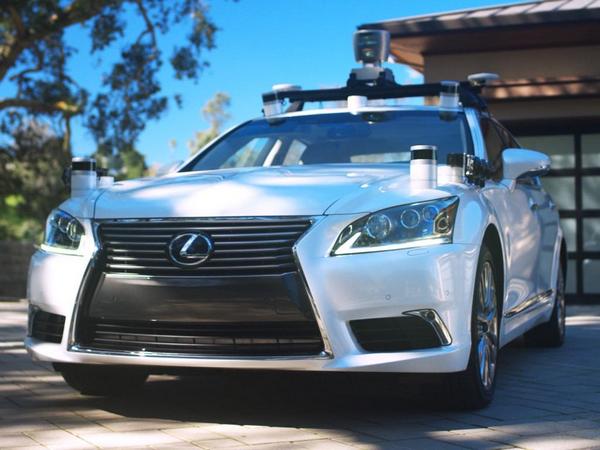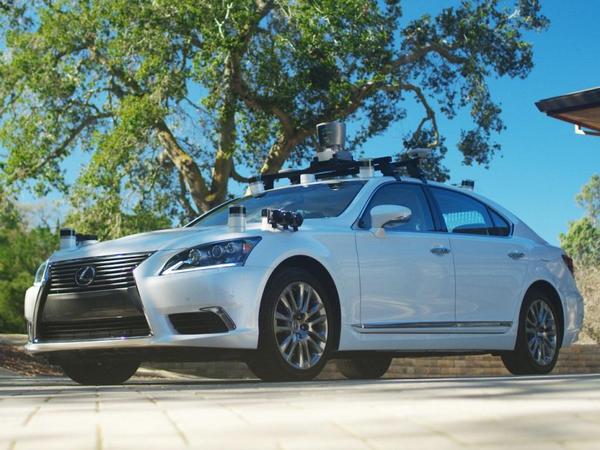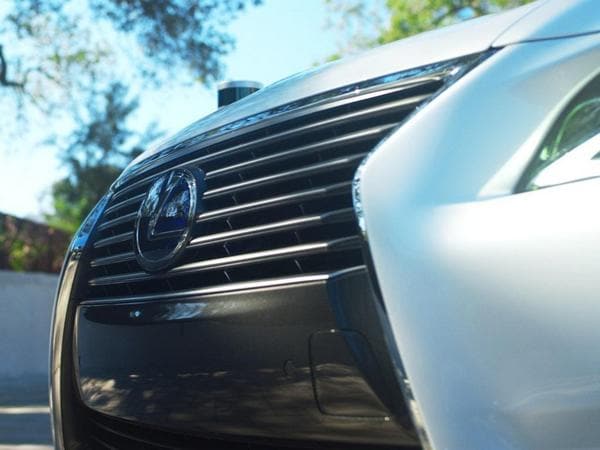
Toyota Research Institute (TRI) unveiled its latest autonomous driving technology in the form of a test car using the current Lexus LS 600hL. Officially a “2.0 generation” exercise, it’s the first autonomous test platform developed solely by TRI, and “reflects the rapid progress of our autonomous driving program,” said TRI CEO Gill Pratt at a reveal during company’s annual Prius Challenge advanced mobility event in Sonoma, California.
This major update of the original advanced safety research vehicle Toyota first presented at the 2013 Consumer Electronics Show is designed as a plug-and-play test platform that’s extremely flexible as well as being quick and easy to upgrade. Its on-board technology focuses heavily on machine vision and machine learning and includes an array of layered and overlapping LIDAR, radar and camera sensors that reduce the need to rely on high-definition maps. Toyota says that approach makes the package particularly valuable for the use in the near-term to create viable self-driving applications in areas where no high-def mapping currently exists.
Also: Class of 2018: The New and Redesigned Cars, Trucks and SUVs
The automaker says the 2.0 technology will be used to further develop and perfect both of TRI’s core research in the so-called Chauffeur and Guardian systems. Chauffeur refers to the always-on and fully autonomous system classified by SAE as unrestricted Level 5 autonomy while Guardian functions as a high-level driver-assist system. It constantly monitors the overall internal/external vehicular environment to alert a driver of potential dangers and ultimately take action to assist in crash avoidance.
Also: Kelley Blue Book Best Buy Awards of 2017
“Basically, this is a smart vehicle designed to get smarter over time,” noted Pratt. “It will learn individual driver habits and abilities and will benefit from shared intelligence from other cars as data gathering, sharing and connectivity technologies advance. We believe Guardian can probably be deployed sooner and more widely than Chauffeur, providing high-level driver-assist features capable of helping mitigate collisions and save lives, sooner rather than later.”
More Autonomous Vehicle News:
Ford Invests in Virtual Driver System









